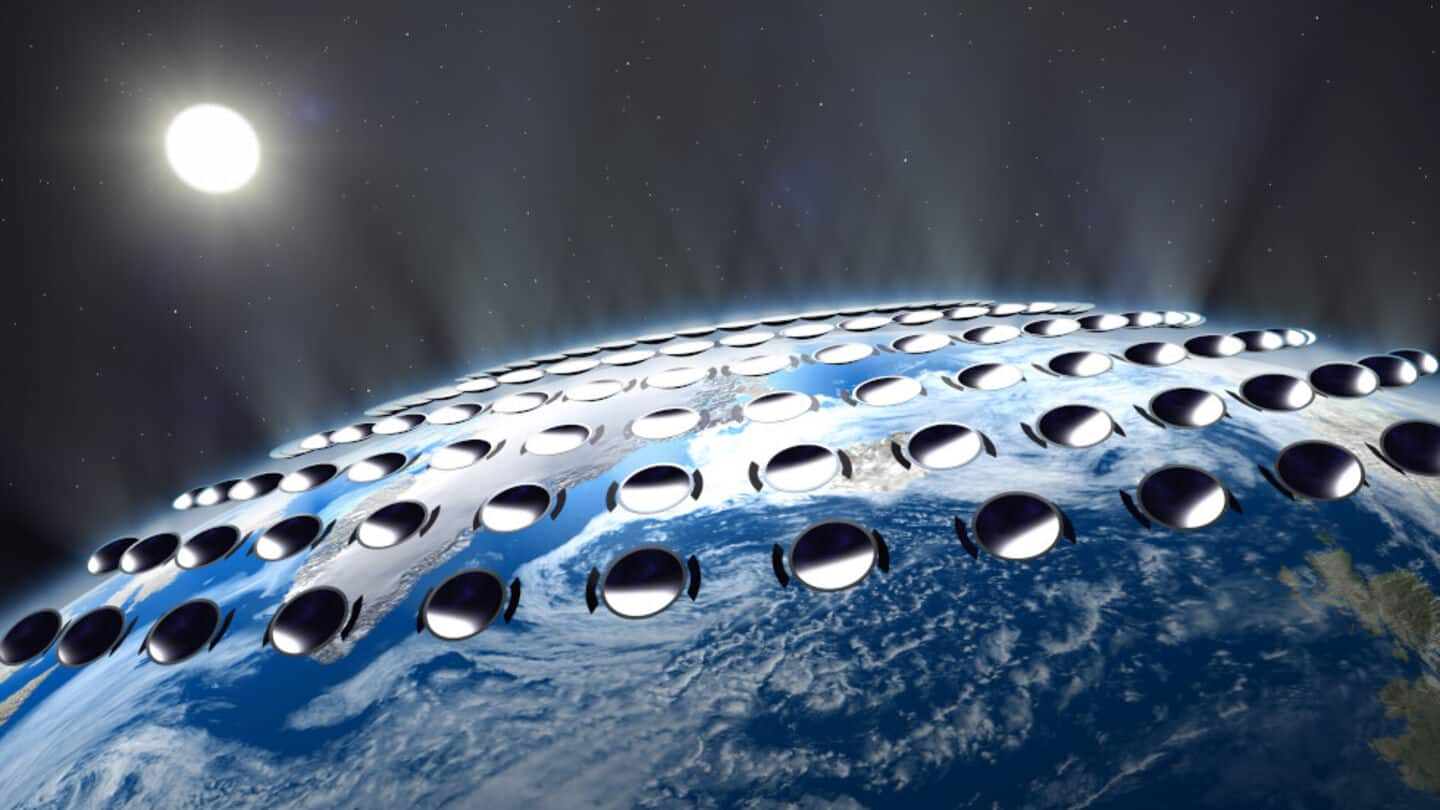
Why a plan to launch space mirrors has spooked scientists
What's the story
California-based start-up Reflect Orbital has announced its plan to launch a massive mirror into space next year. The mission is the first step in the company's ambitious project of creating a constellation of over 4,000 solar reflectors. These would boost solar power production during twilight hours on Earth. The first satellite for this project, Earendil-1, is scheduled to launch in April 2026. The project has raised concerns among astronomers and biodiversity experts over potential light pollution from the satellite constellation.
Project details
A look at the project
Reflect Orbital's first satellite will deploy a mirror measuring 60x60 feet (18x18 meters) in space. The company has received a $1.25 million Small Business Innovation Research (SBIR) contract from the US Air Force to fund this demonstration mission. Once operational, the satellite will demonstrate its ability to direct sunlight onto specific targets on Earth. This is part of Reflect Orbital's plan to provide "light on demand" for customers after sunset and before sunrise.
Environmental worries
Concerns over light pollution
John Berentine, an astronomer at the Silverado Hills Observatory in Tucson, Arizona, warned that these satellites would reflect a beam four times brighter than a full Moon. He said this could affect wildlife both directly and indirectly through atmospheric scattering.
Review demand
Astronomical community 'seriously concerned'
Astronomers and biodiversity experts have called for an environmental review of the space mirrors' effects on life on Earth. Robert Massey, the Deputy Executive Director at the UK's Royal Astronomical Society, said the astronomical community was "seriously concerned about the development, its impact and the precedent it sets." He stressed that from an astronomical perspective, this project is "pretty catastrophic."
Company stance
Reflect Orbital responds to concerns
In response to these concerns, Reflect Orbital has stressed its commitment to minimizing any negative effects of reflected light. The company said its service is "highly localized," with each reflection covering a defined area for a finite period of time. Once the satellite passes the target region, the mirror will tilt away from Earth's surface. During the demonstration mission, observers at designated test sites will see the reflection as a bright moving star.
Ecological impact
Light pollution disrupts natural day-night cycle
David Smith, Advocacy and Social Change Manager at invertebrate charity BugLife, said light pollution disrupts the natural day-night cycle that has governed life on Earth for billions of years. He added that by extending the daylight hours through artificial light and blurring boundaries between day and night, light pollution interferes with circadian rhythms, physiology, and behavioral patterns of countless species.